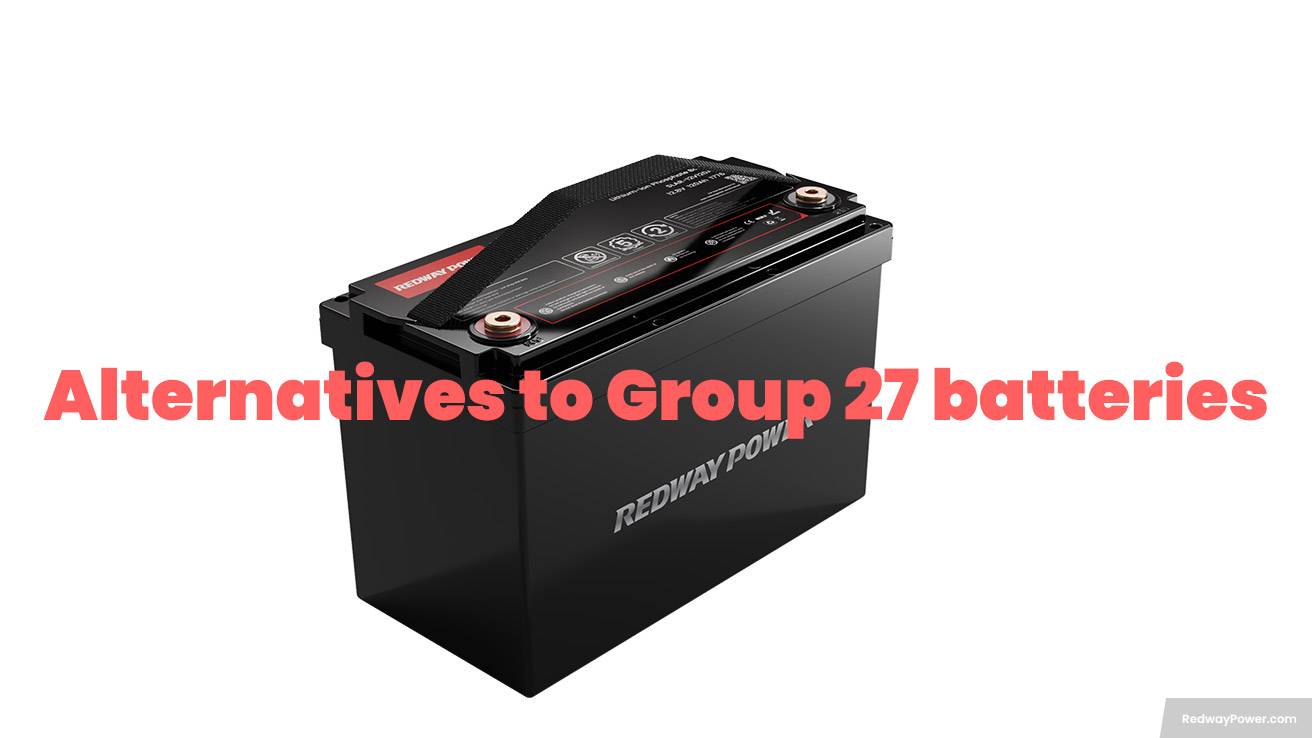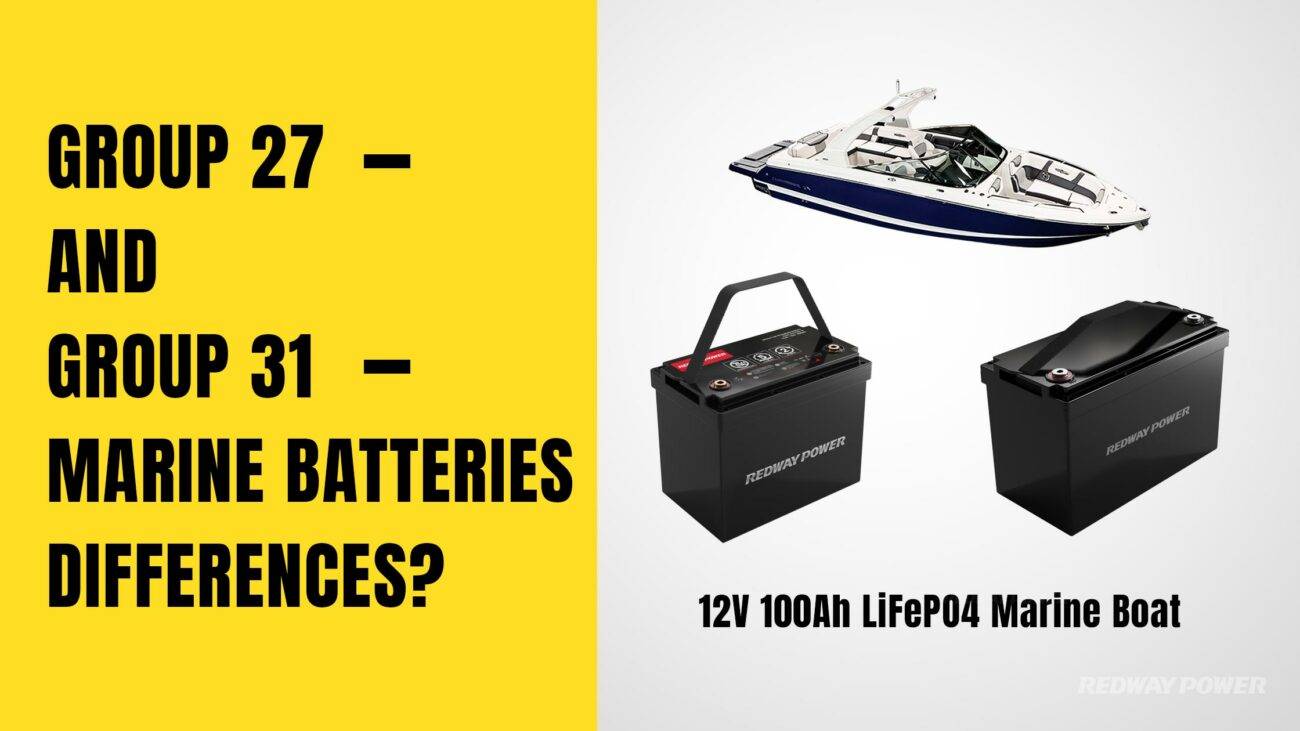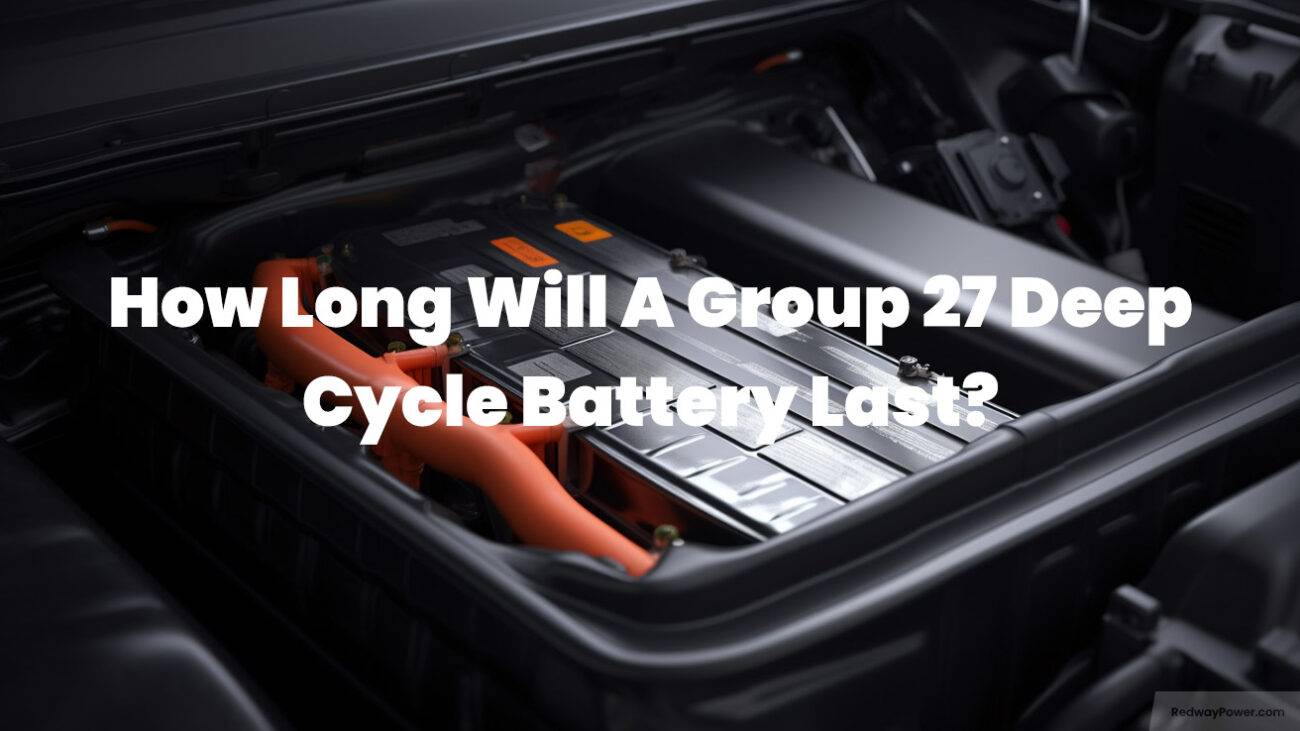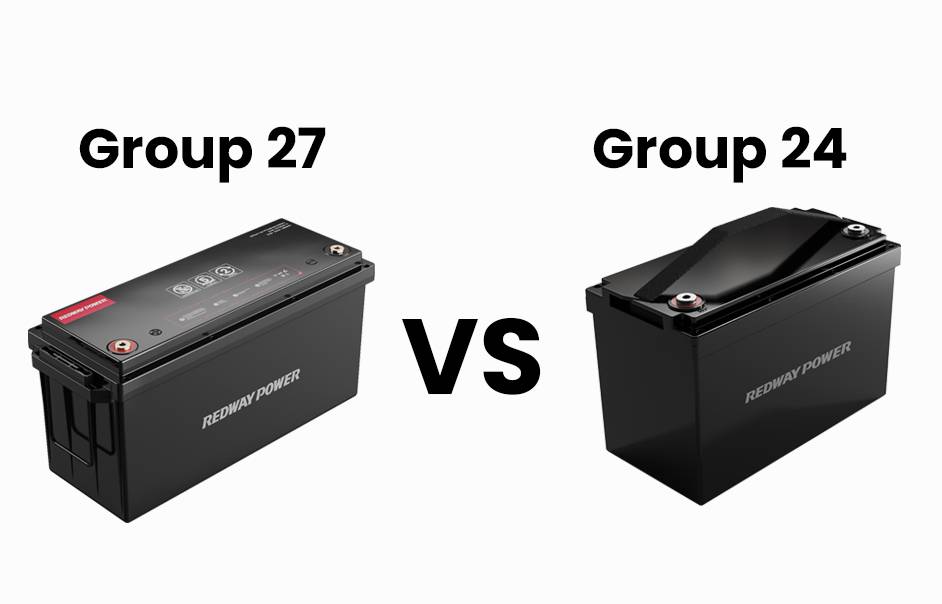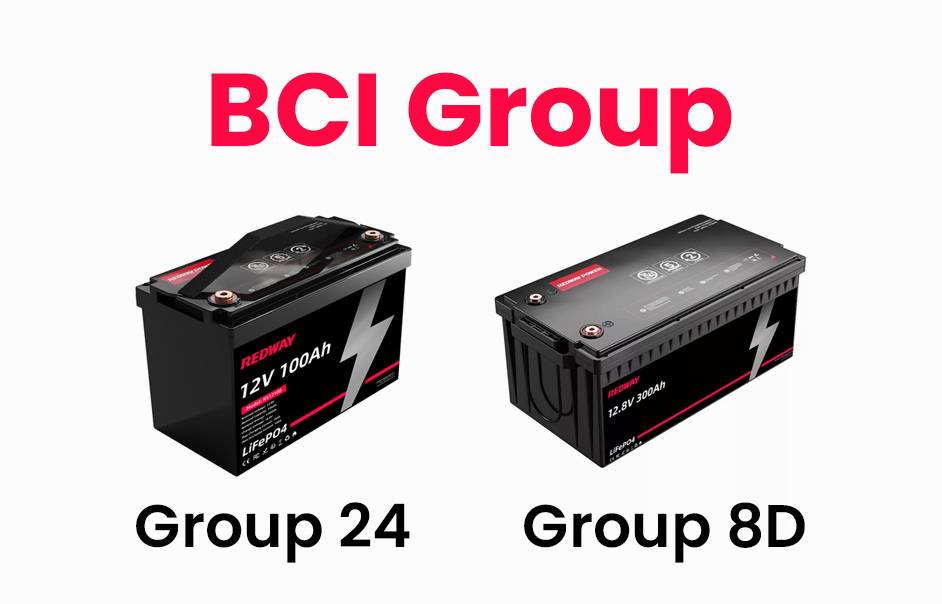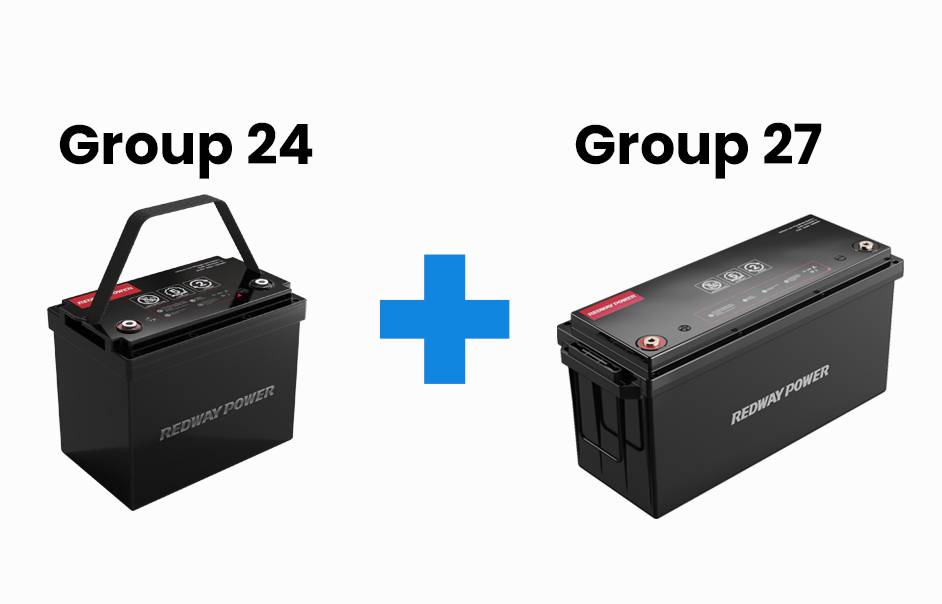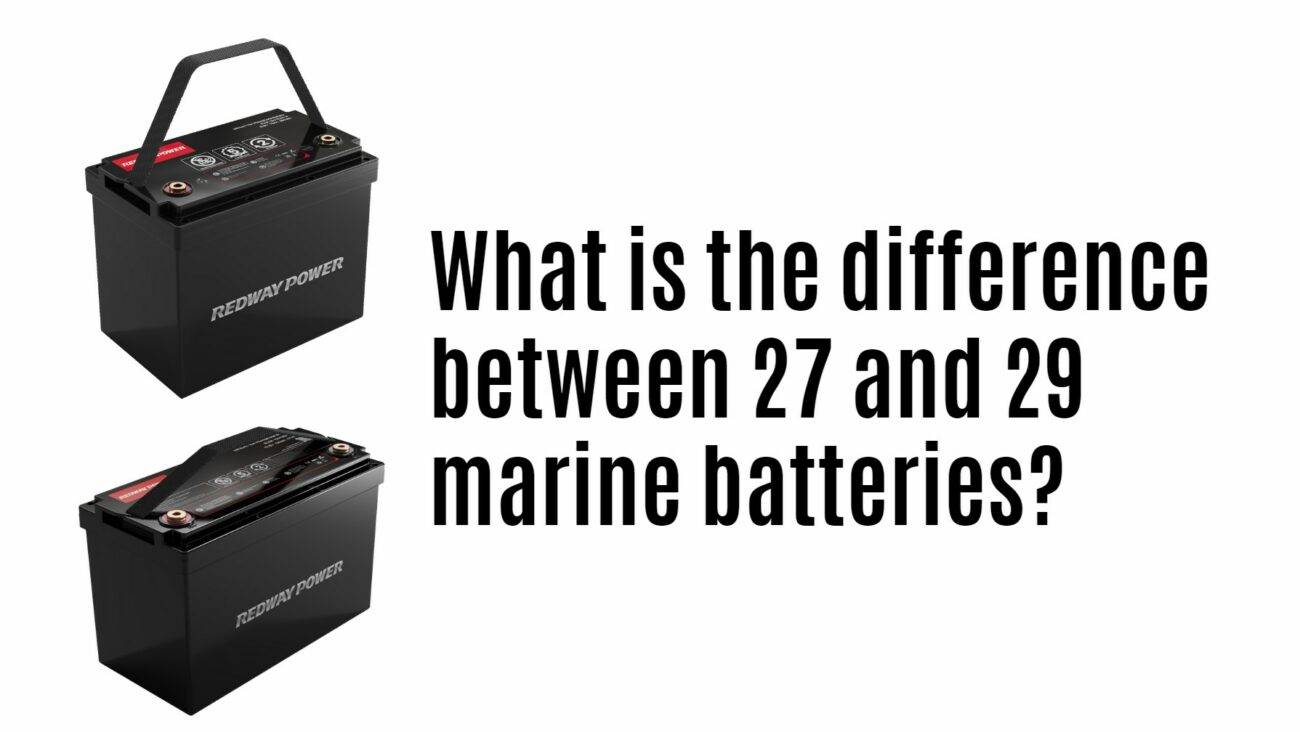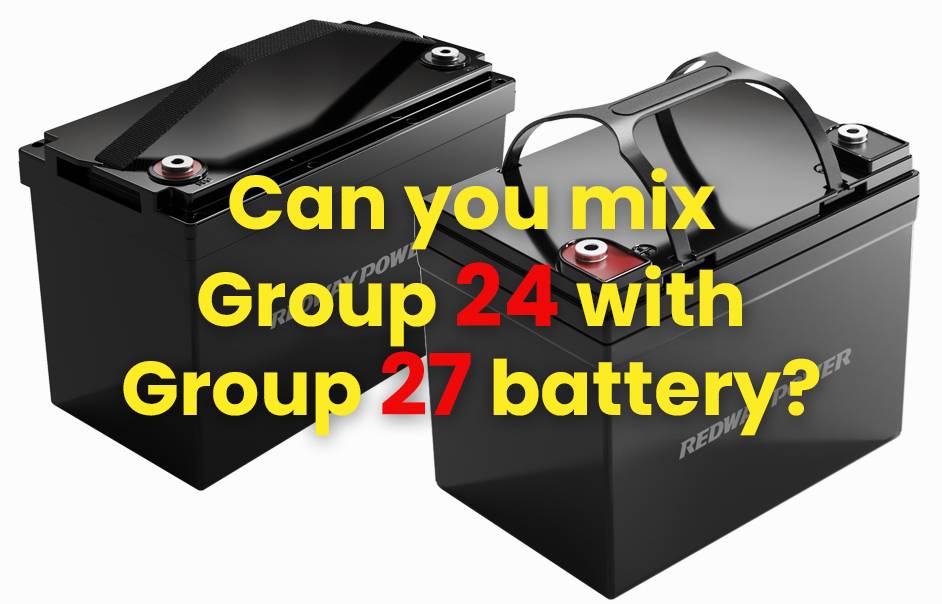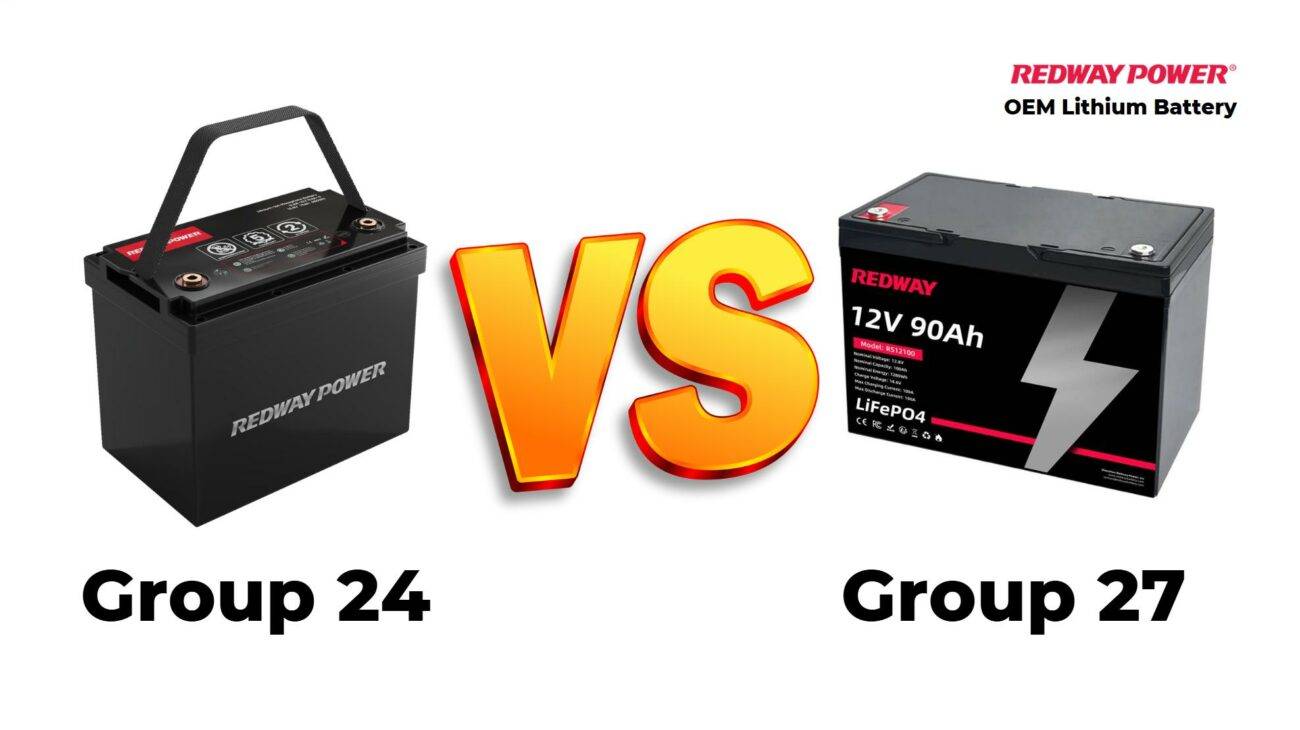- Forklift Lithium Battery
-
48V
- 48V 210Ah
- 48V 300Ah
- 48V 420Ah (949 x 349 x 569 mm)
- 48V 420Ah (950 x 421 x 450 mm)
- 48V 456Ah
- 48V 460Ah (830 x 630 x 590 mm)
- 48V 460Ah (950 x 421 x 450 mm)
- 48V 460Ah (800 x 630 x 600 mm)
- 48V 460Ah (820 x 660 x 470 mm)
- 48V 500Ah
- 48V 560Ah (810 x 630 x 600 mm)
- 48V 560Ah (950 x 592 x 450 mm)
- 48V 600Ah
- 48V 630Ah
-
48V
- Lithium Golf Cart Battery
- 12V Lithium Battery
12V 150Ah Lithium RV Battery
Bluetooth App | BCI Group 31
LiFePO4 Lithium
Discharge Temperature -20°C ~ 65°C
Fast Charger 14.6V 50A
Solar MPPT Charging - 24V Lithium Battery
- 36V Lithium Battery
- 48V Lithium Battery
-
48V LiFePO4 Battery
- 48V 50Ah
- 48V 50Ah (for Golf Carts)
- 48V 60Ah (8D)
- 48V 100Ah (8D)
- 48V 100Ah
- 48V 100Ah (Discharge 100A for Golf Carts)
- 48V 100Ah (Discharge 150A for Golf Carts)
- 48V 100Ah (Discharge 200A for Golf Carts)
- 48V 150Ah (for Golf Carts)
- 48V 160Ah (Discharge 100A for Golf Carts)
- 48V 160Ah (Discharge 160A for Golf Carts)
-
48V LiFePO4 Battery
- 60V Lithium Battery
-
60V LiFePO4 Battery
- 60V 20Ah
- 60V 30Ah
- 60V 50Ah
- 60V 50Ah (Small Size / Side Terminal)
- 60V 100Ah (for Electric Motocycle, Electric Scooter, LSV, AGV)
- 60V 100Ah (for Forklift, AGV, Electric Scooter, Sweeper)
- 60V 150Ah (E-Motocycle / E-Scooter / E-Tricycle / Tour LSV)
- 60V 200Ah (for Forklift, AGV, Electric Scooter, Sweeper)
-
60V LiFePO4 Battery
- 72V~96V Lithium Battery
- Rack-mounted Lithium Battery
- E-Bike Battery
- All-in-One Home-ESS
- Wall-mount Battery ESS
-
Home-ESS Lithium Battery PowerWall
- 24V 100Ah 2.4kWh PW24100-S PowerWall
- 48V 50Ah 2.4kWh PW4850-S PowerWall
- 48V 50Ah 2.56kWh PW5150-S PowerWall
- 48V 100Ah 5.12kWh PW51100-F PowerWall (IP65)
- 48V 100Ah 5.12kWh PW51100-S PowerWall
- 48V 100Ah 5.12kWh PW51100-H PowerWall
- 48V 200Ah 10kWh PW51200-H PowerWall
- 48V 300Ah 15kWh PW51300-H PowerWall
PowerWall 51.2V 100Ah LiFePO4 Lithium Battery
Highly popular in Asia and Eastern Europe.
CE Certification | Home-ESS -
Home-ESS Lithium Battery PowerWall
- Portable Power Stations
Understanding Group 27 Batteries: Applications and Considerations
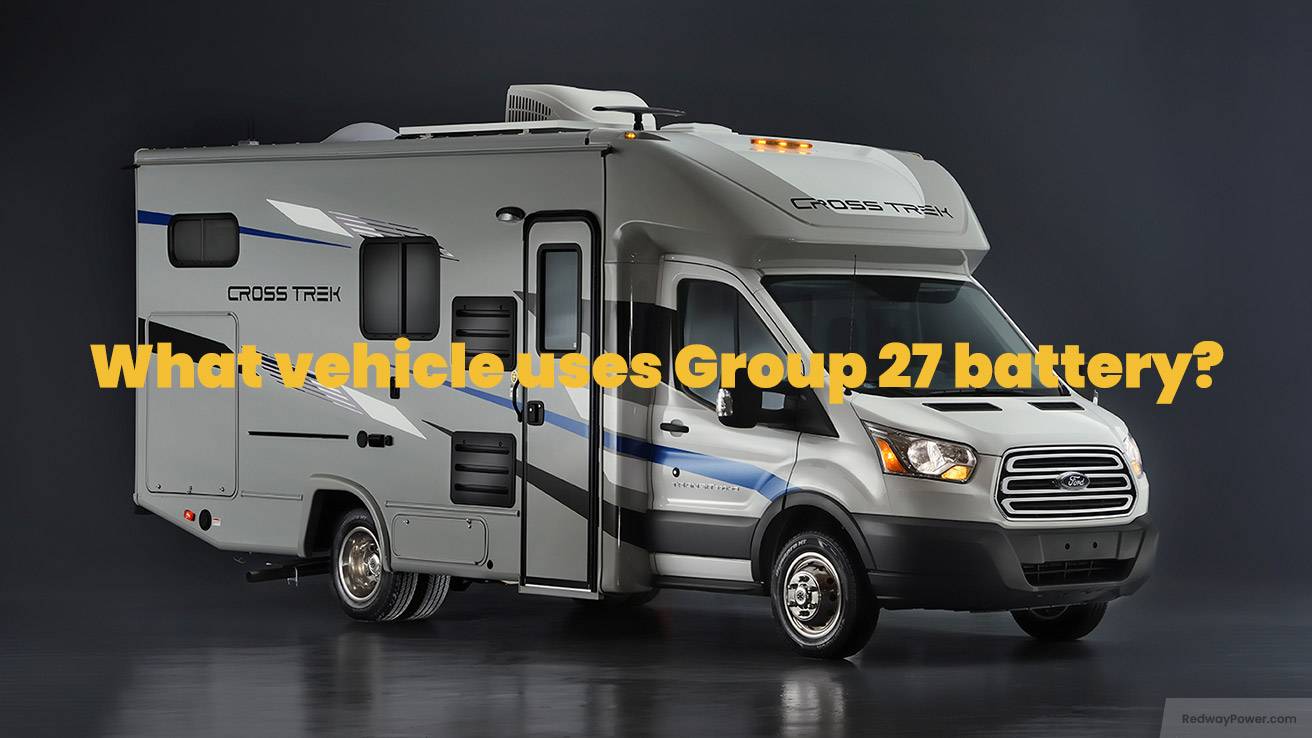
Group 27 batteries are a specific classification of lead-acid batteries widely utilized in various applications such as marine vessels, recreational vehicles (RVs), and backup power systems due to their robust capacity and reliability. Understanding their specifications, advantages, disadvantages, and maintenance needs is crucial for users seeking optimal performance.
What Are Group 27 Batteries?
Group 27 batteries are designed according to standards set by the Battery Council International (BCI) and are characterized by their size and performance specifications. They are commonly used in applications that require reliable power over extended periods due to their deep-cycle capabilities.
What Are the Dimensions and Specifications of Group 27 Batteries?
Typically, Group 27 batteries measure approximately:
- Length: 12.1 inches
- Width: 6.8 inches
- Height: 8.9 inches
They usually have capacities ranging from 85Ah to 105Ah, making them suitable for various high-demand applications.
What Are the Applications of Group 27 Batteries?
Group 27 batteries find extensive use across multiple sectors:
- Marine Applications: Powering boats with trolling motors or navigation systems.
- RVs: Providing energy for onboard appliances and lighting during trips.
- Off-Grid Solar Systems: Storing energy generated from solar panels for later use.
- Backup Power Systems: Serving as reliable power sources during outages.
What Are the Advantages of Using Group 27 Batteries?
Advantages include:
- Higher Capacity: Offers longer runtimes compared to smaller battery groups.
- Deep-Cycle Capability: Designed for repeated discharges without significant degradation.
- Versatility: Suitable for a wide range of applications from marine to industrial uses.
What Are the Disadvantages of Group 27 Batteries?
Disadvantages may include:
- Weight: Heavier than smaller battery types can impact installation.
- Cost: Generally more expensive than smaller groups like Group 24.
- Maintenance Needs: Flooded types require regular maintenance to ensure optimal performance.
How Do Group 27 Batteries Compare to Other Battery Groups?
When compared to other battery groups:
- Group 24 vs. Group 27: While both serve similar purposes, Group 27 offers greater capacity but is larger and heavier.
What Maintenance Is Required for Group 27 Batteries?
Regular maintenance practices include:
- Checking electrolyte levels in flooded batteries.
- Cleaning terminals regularly to prevent corrosion.
- Ensuring proper charging practices are followed according to manufacturer specifications.
What Innovations Are Emerging in Battery Technology Related to Group 27?
Emerging innovations include:
- Development of advanced materials that improve efficiency and lifespan.
- Enhanced recycling technologies aimed at recovering valuable materials from used batteries more effectively.
- Improvements in battery management systems that optimize charging cycles based on real-time conditions.
What Are Common Misconceptions About Group 27 Batteries?
Common misconceptions include:
- Assuming all lead-acid batteries perform equally; different designs serve different purposes.
- Believing that maintenance-free options do not require any monitoring; while SLA batteries need less maintenance, they still require periodic checks.
How Do Environmental Conditions Impact Battery Performance?
Environmental factors such as humidity and temperature can significantly affect performance:
- High humidity may lead to corrosion of terminals.
- Extreme temperatures can exacerbate wear and tear on battery components.
What Should You Consider When Choosing a Battery Type?
Considerations when selecting a battery type include:
- The specific application requirements such as power needs and expected usage patterns.
- Budget constraints for initial purchase versus long-term operational costs.
- Environmental factors that may influence battery performance over time.
Expert Views:
“Understanding the specifications and applications of different battery types is essential for making informed decisions,” states an industry expert specializing in energy storage solutions. “Group 27 batteries offer a balance of capacity and versatility that suits many users’ needs.”
FAQ Section
- What types of applications use group 27 batteries?
- They are used in marine applications, RVs, off-grid solar systems, backup power systems, among others.
- How long do group 27 batteries typically last?
- With proper care, they can last anywhere from three to five years depending on usage patterns and maintenance practices.
- Are there any safety concerns with lead-acid batteries?
- Yes, improper handling or overcharging can lead to leaks or explosions; following manufacturer guidelines is essential for safety.














